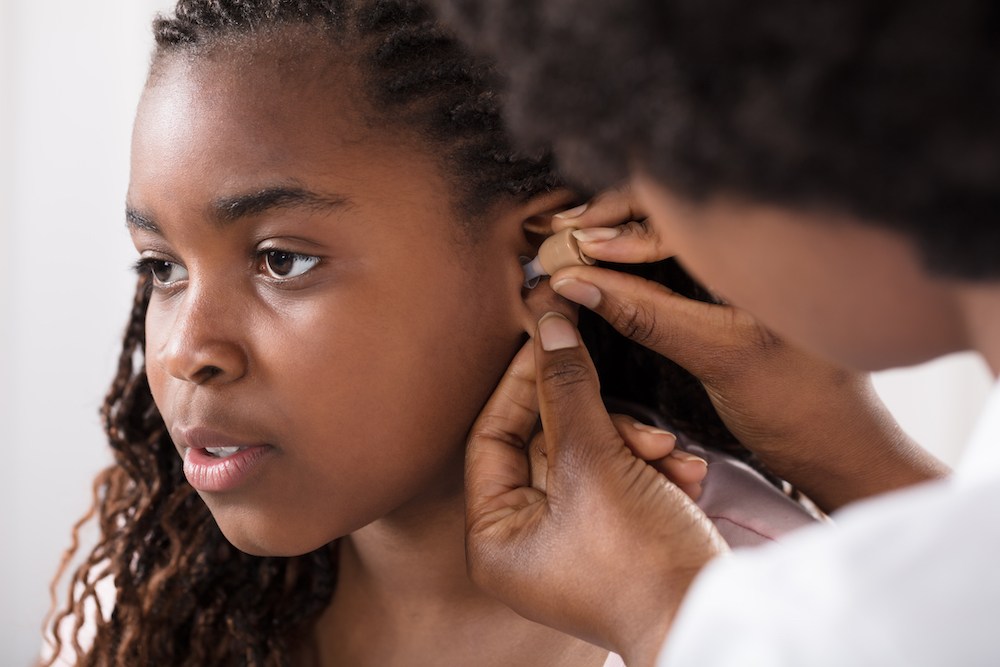The Ethics of Hearing Care: What to Expect from Your Practitioner
When it comes to your hearing health, finding a professional you can trust
We value our patients and want everyone to be safe. We will be happy to see any patient that is in need of our service. Service is our #1 priority!


When it comes to your hearing health, finding a professional you can trust

Hearing loss is experienced by many and is among a few things that usually

Have you noticed changes to your hearing? It’s possible you are